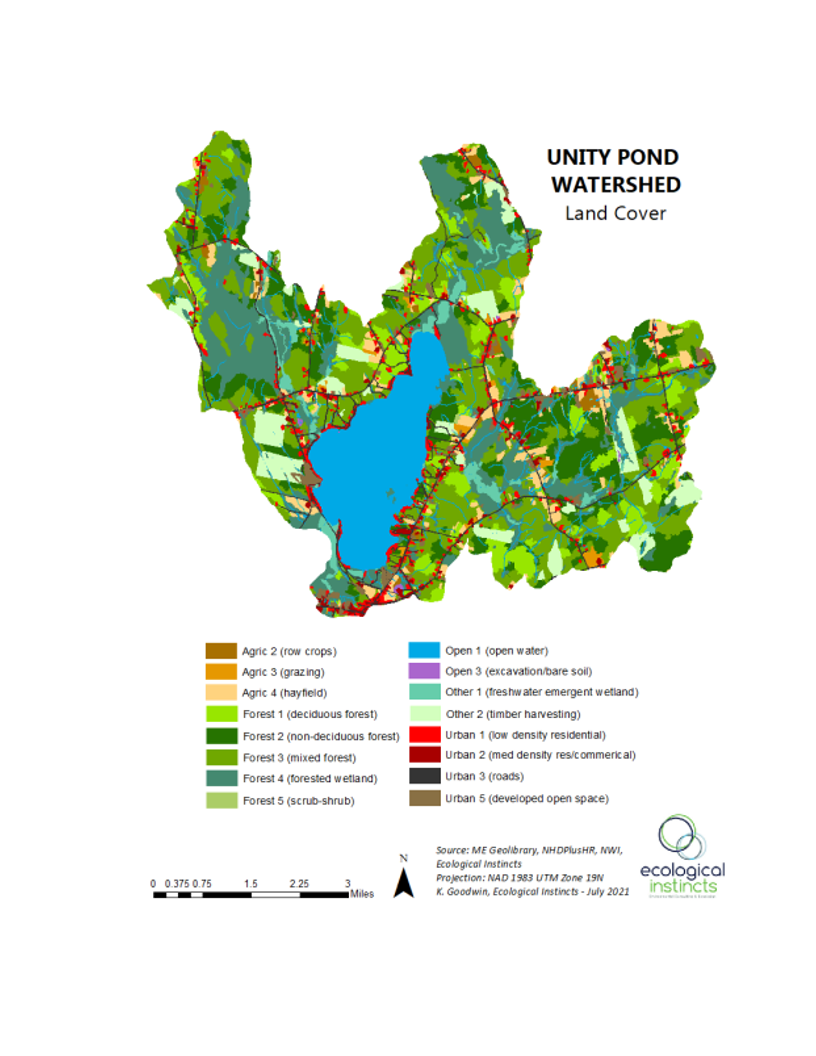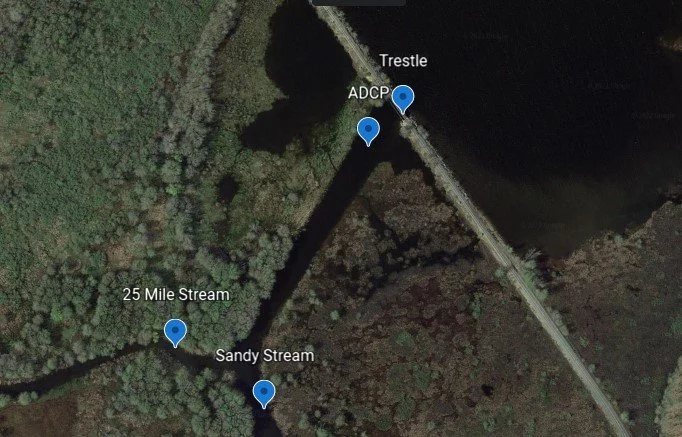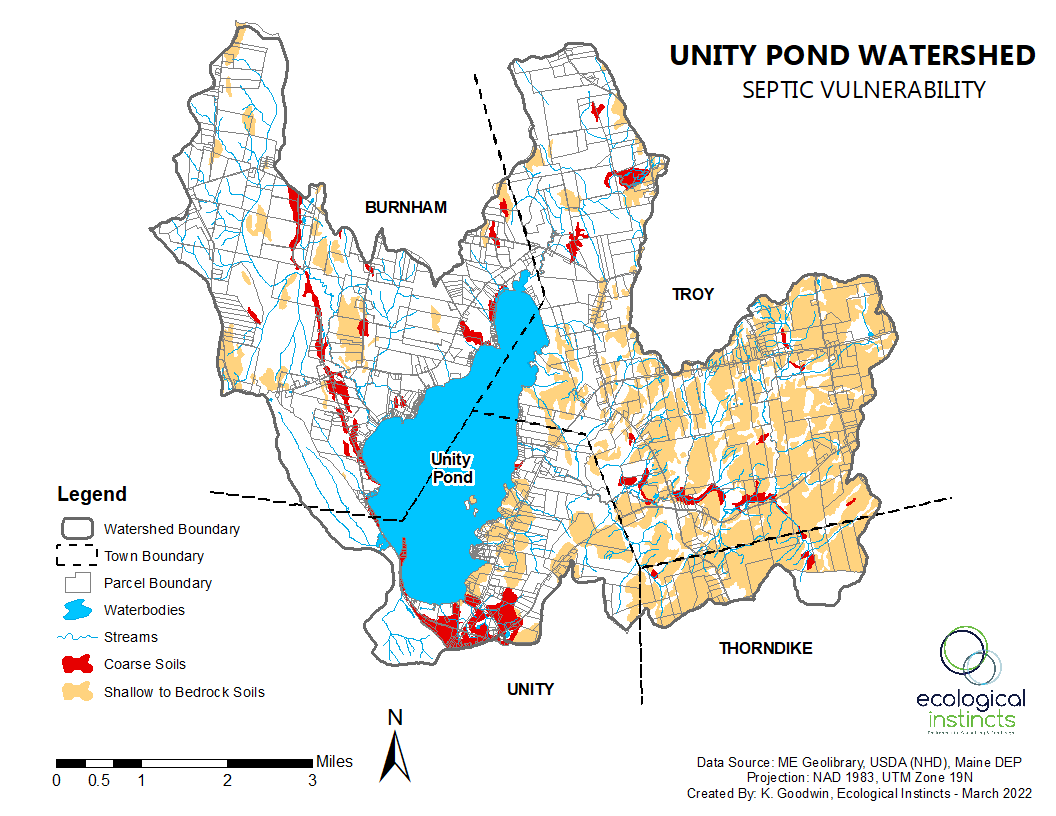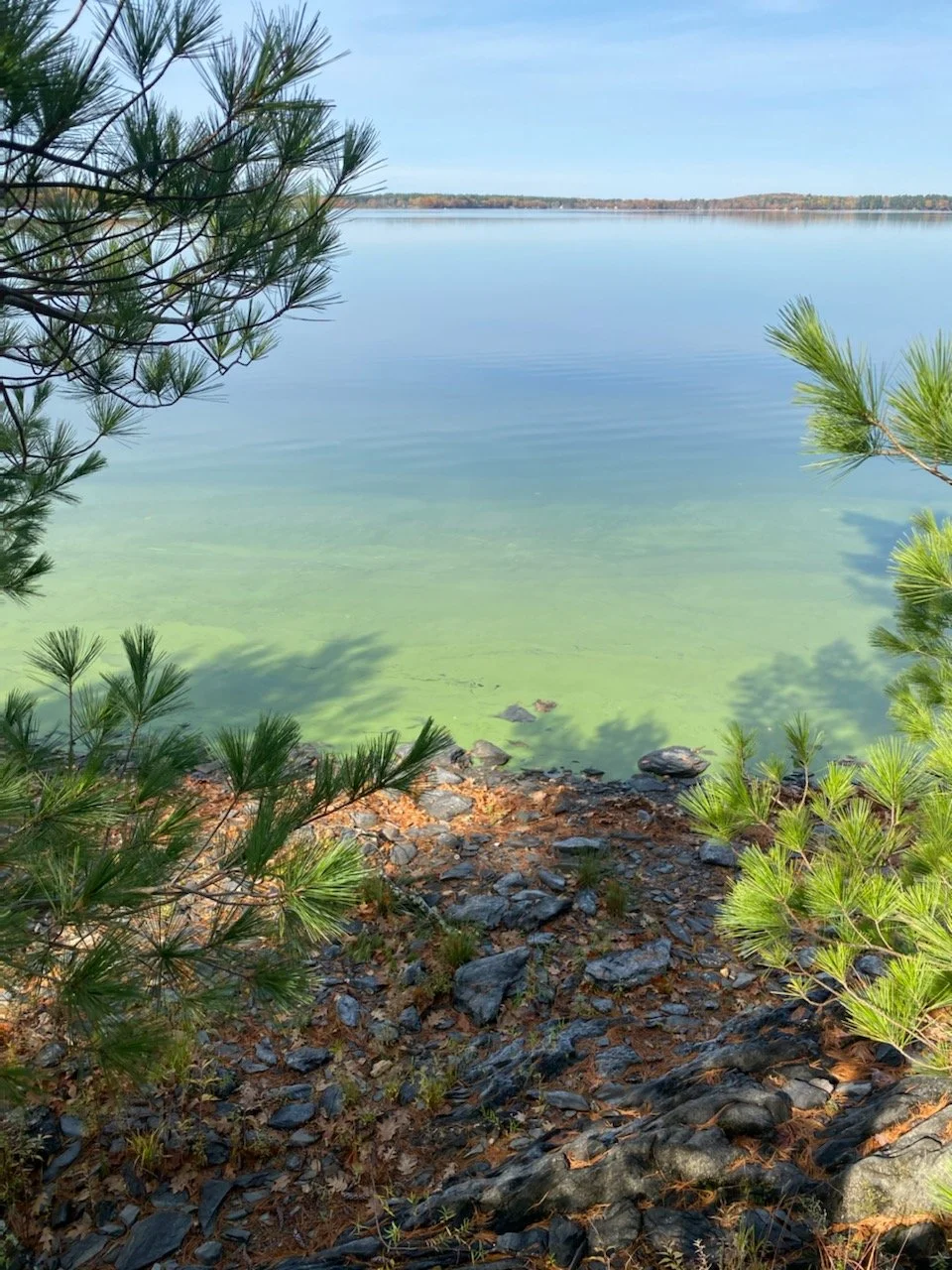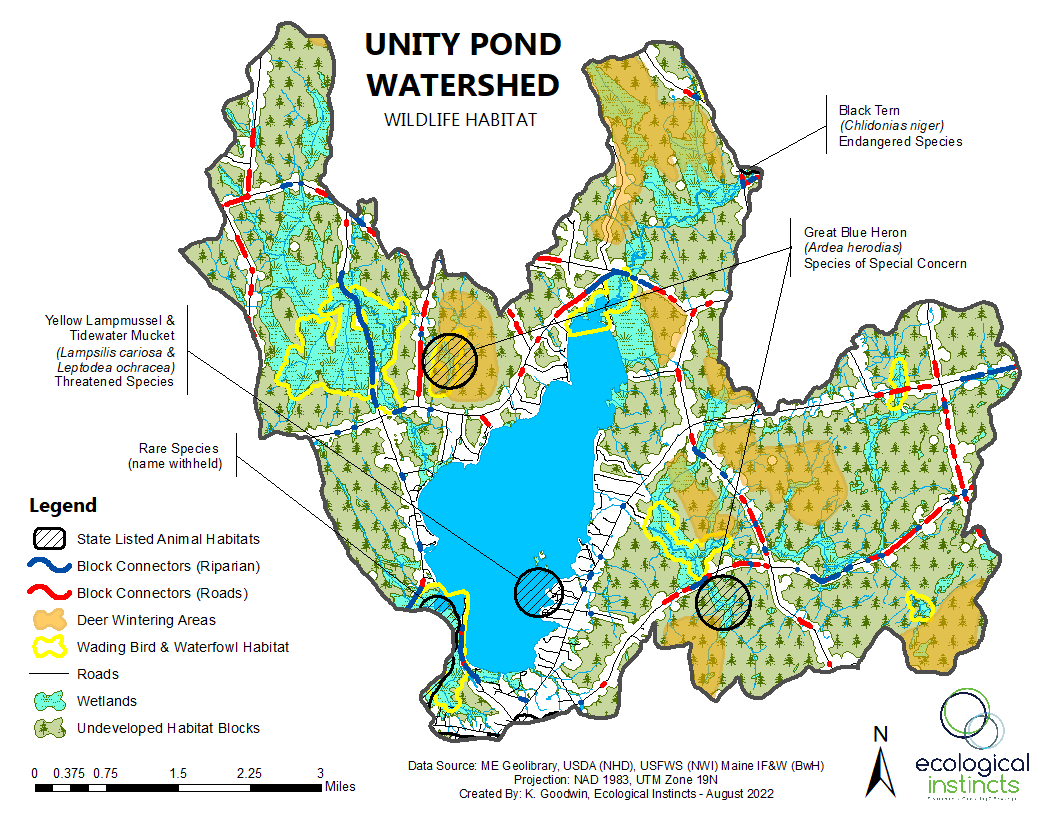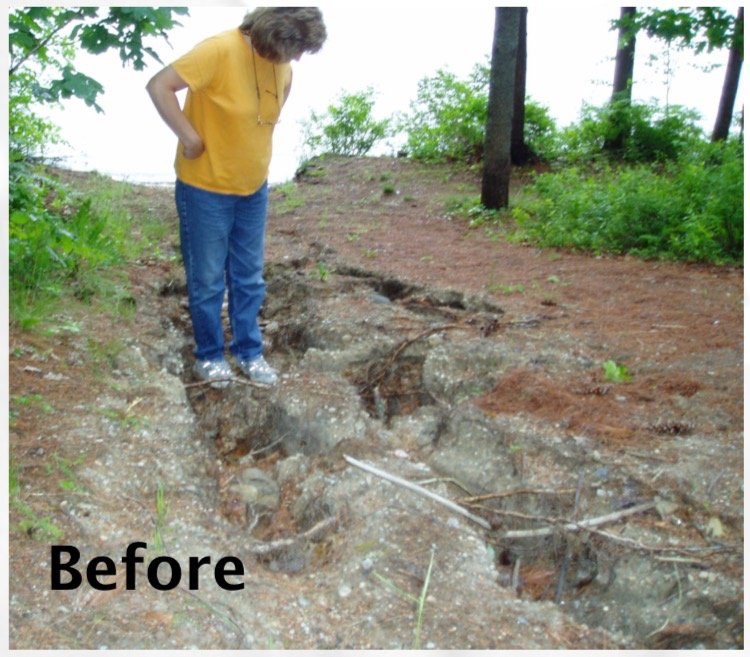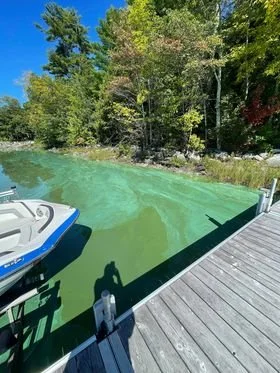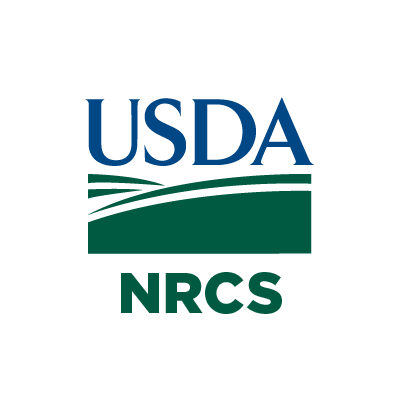Key Plan Elements
A. Reduce the external phosphorus load by addressing existing nonpoint source (NPS) pollution in the direct watershed of Unity Pond and indirect watersheds
B. Reduce the internal phosphorus load by stripping phosphorus (P) from the water column and inactivating P in the sediments at the bottom of the lake that fuels algal growth;
C. Prevent new sources of NPS pollution from getting into Unity Pond by strengthening and enforcing existing municipal ordinances to prevent any increase in P loading from existing and future development, investing in land conservation, and focusing on climate change adaptation planning.
D. Raise public awareness about the connection between land use, phosphorus, and algae blooms and water quality and strategies by increasing local education, outreach, and communication efforts to increase participation among municipalities and watershed residents.
E. Build local capacity through partnership building across multiple community groups, engaging steering committee members, and developing a fundraising strategy.
F. Monitor and assess improvements in Unity Pond’s water quality over time. This includes monitoring in-lake water quality, streams, NPS pollution, invasive aquatic plants, and backflushing from Sandy Stream.
(Click on Image for the full plan)
Just what is the problem?
Runoff from both urban and rural areas contains nutrients such as phosphorus and nitrogen. Phosphorus, often carried in with the sediment, fuels the growth of algae and aquatic weeds. Rapid and excessive growth of algae and aquatic plants can degrade water quality and interfere with swimming, fishing and other recreation. When algae die, they sink to the bottom and decompose in a process that removes oxygen from the water. Fish and other aquatic organisms die when dissolved oxygen levels are lowered.
Phosphorus compounds attach to the soil particles in sediment, but phosphorus can also be in a soluble form. Urban sources of phosphorus include lawn fertilizers, pollen, leaves, grass and orthophosphate in vehicle exhaust. One pound of phosphorus can produce 300-500 pounds of algae.
U.S. EPA 9-Element Unity Pond Watershed Protection Plan
A watershed protection plan is a U.S. EPA initiative in collaboration with the Maine DEP that empowers local watersheds like ours to become eligible for state and federal grants. This plan contains the EPA’s required 9-elements including a detailed, stakeholder-driven 10-year action plan to improve water quality in Unity Pond and help answer ongoing questions about backflushing from Sandy Stream and the relative contribution of internal & external loading and how to address it.

